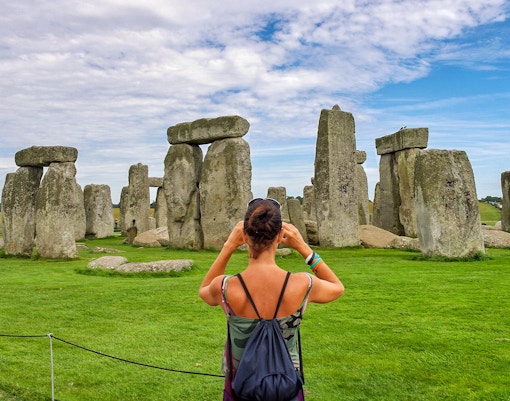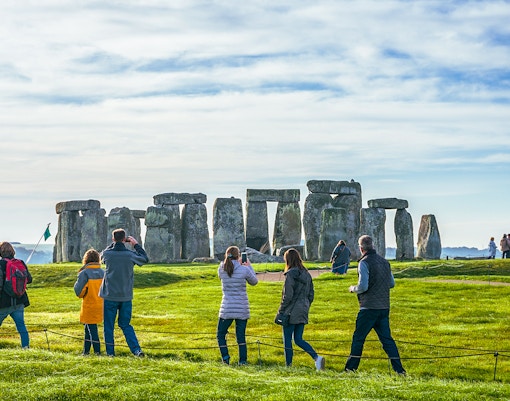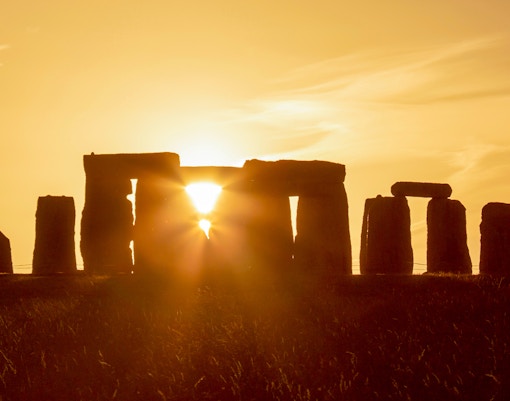Clear skies provide the best visibility, especially during summer. Fog and mist in late autumn or winter may obscure the stones, particularly in early mornings. Rain also reduces contrast and detail, making photography and long-distance views more difficult on overcast or stormy days.
Weather and the visitor experience

Visibility of the stones

Comfort while exploration
Comfort depends on wind, temperature, and precipitation. Wet weather creates muddy or slippery footpaths, particularly in autumn and winter. Summer provides the driest, most comfortable walking conditions, although sun exposure can become intense due to the lack of shaded areas.

Crowds and visitor flow
Visitor numbers drop sharply on rainy or windy days, which can be ideal for those seeking quiet time or unobstructed views. Warm, dry weather leads to higher foot traffic, particularly in July and August. Solstice events draw large crowds regardless of conditions.

Seasonal weather and solstices
For solstices, sunrise visibility is key. The summer solstice in June offers the best chance for clear skies. Winter solstice ceremonies often occur under cloudy or rainy conditions. Although wet weather does not cancel access, it can limit photo opportunities and comfort levels.
